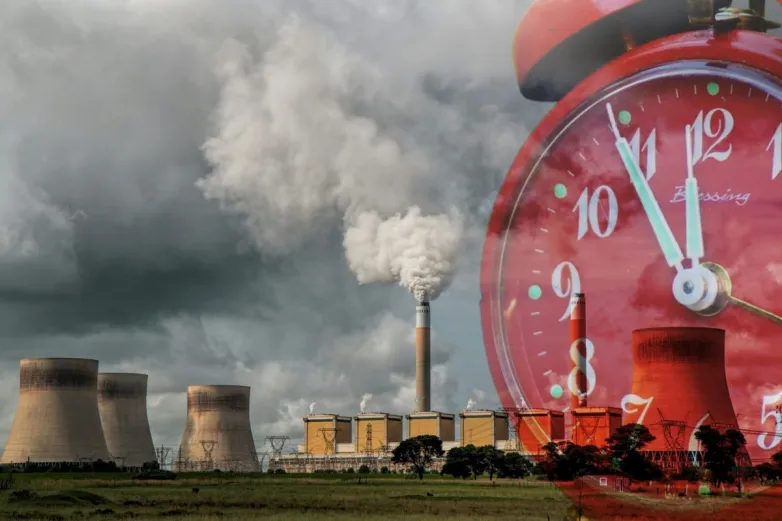Is Eskom turning to solar?
Oct 28, 2019 03:15 PM ET
- The South African utility has issued a 20-strong tender for 50 kW solar inverters and mounting structures, to be used in four power plants. Although it is unclear whether the tender marks the energy company’s first step into solar energy, the procurement follows the recent publication of South Africa’s Integrated Resource Plan. Eskom is reportedly developing a renewables-linked large scale storage project which may explain the need for inverters.

Eskom Holdings SOC Ltd, the holding company of South African state-owned power utility Eskom, has issued a tender for the supply of 20 three-phase 50 kW inverters and mounting structures.
The tender document states the devices will be used in four power plants – giving no further details of the generation facilities – and indicates interested suppliers have until December 4 to submit bids.
pv magazine believes such a venture would mark Eskom’s entry into the solar energy market and the tender arrives in the wake of the recent publication of South Africa’s new Integrated Resource Plan (IRP), which aims for up to 6 GW of new large scale solar by 2030 as well as up to a further 6 GW of distributed generation capacity.
The utility has previously been a thorn in the side of South African renewables. The energy company’s mounting financial travails, and its related unwillingness to finance renewables payments were responsible for delaying implementation of the Renewable Energy Independent Power Producer Procurement Program for large scale renewables by at least three years. Eskom is considering unbundling its energy monopoly as it suffers frequent blackouts, in part due to maintenance issues at its ageing coal-fired power plants.
Load-shedding nightmare
Chris Ahlfeldt, an energy specialist at Blue Horizon Energy Consulting Services, said Eskom began load-shedding again this month due to a shortage of supply and outages at facilities including the newly built Medupi coal plant. “This means the utility is still burning expensive diesel during peak periods to keep the lights on,” he said.
Although coal is expected to remain central to the country’s electricity mix under the latest IRP, Ahlfeldt believes financing challenges associated with new coal projects may render inclusion of the fossil fuel in the strategy an academic point. The energy plan envisages the commissioning of coal plants which have already been contracted plus 1.5 GW of new coal-fired generation capacity by 2030.
“While renewable energy accounts for the majority of new capacity to be built by 2030, the plan lacks ambition in phasing-out coal faster to optimize economic, environmental and social development goals for the country,” said Ahlfeldt. The analyst added, he hoped Eskom’s financial bind would persuade it to fast-track small scale renewable energy projects awaiting licenses.
In a statement to pv magazine, Ahlfeldt said Eskom’s inverter supply tender may be related to a large scale battery storage program the utility is developing with the support of the World Bank. “It’s a carry-over requirement in a concessionary loan Eskom took from the World Bank and other funders for a CSP [concentrating solar power] project that was never built,” he said. “They’re shifting the focus from the CSP project to a distributed battery storage project which is a positive sign [that] Eskom sees the benefits [of] working with the private sector to deploy more storage on its network.”
Fundamentally insolvent
A recent report published by Abu Dhabi-based consultancy CRO Advisors stated Eskom’s financial situation left no hope for a quick recovery.
The too-big-to-fail, vertically-integrated utility, CRO analyst and chairman K.W. Miller said, has turned into an operationally dysfunctional, financially insolvent, unreliable and corrupt entity. That, in his view, made the plan to privatize the huge company and split it into three units unviable. “ICRO concludes the company is fundamentally insolvent, permanently impaired. And will never be a true going concern enterprise under its current legal, operational and governance structure,” wrote Miller.
According to the analyst, the government’s equity interest in the utility has been wiped out and the future owners of the business will be the holders of Eskom’s public debt, vendors and employees as well as new investors.
Also read


